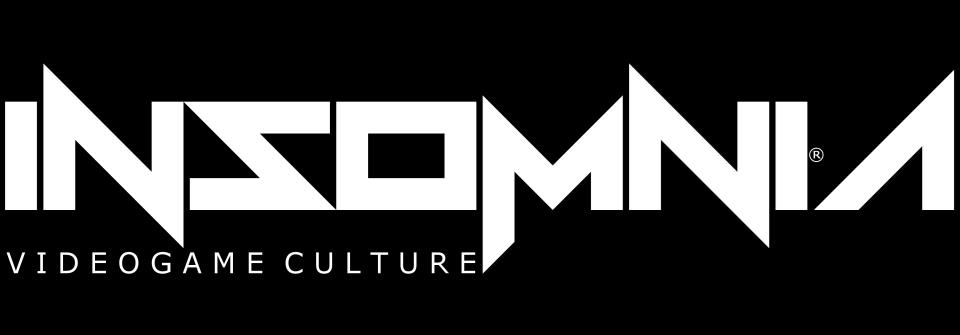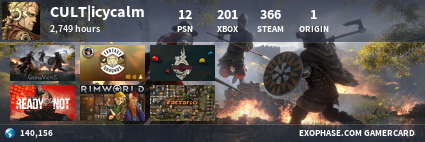Elliptical_Tangent wrote:If We Are Going To Take Alignment Seriously
I see lots of confusion in Golarion/Pathfinder printed materials about what Lawful/Chaotic means; Lawful Evil is often portrayed as some sort of left-handed version of Good—that literally cannot be, or alignment has no meaning beyond the color of your Smite (a take I find totally valid). This is my attempt to make alignment clearer for those trying to set behavioral expectations.
For alignment to mean anything, all the components must be unique, or they're redundant, and should be eliminated to make a simpler logical system. So Lawful has to be distinct not only from Chaotic (which it's present to oppose), but also both Good and Evil.
Neutral is present to represent ambiguity. That's Neutral's uniqueness; "Neither or both in some combination, it doesn't matter." This means no other component can be ambiguous, because then Neutral is not unique.
Good and Evil are very easy to define because we are a prosocial species. If there's a choice between helping or harming, you're looking at the Good/Evil dynamic; to help is Good, to harm is Evil. In a game like Pathfinder, expecting a Good character to do nothing harmful—or Evil nothing helpful—is creating an environment without Good or Evil PCs (or one without combat if Good, or plot if Evil). If we allow that Evil can help X% of the time and remain Evil, then we need to extend the exact same courtesy to the Good PCs (and vice versa, obv).
So then if helping/harming is the Good/Evil axis, what is the Lawful/Chaotic axis representing? Lawful and Chaotic are the conflict between the collective and the individual.
Lawfuls see the society as an entity unto itself; all members of it are cells in a larger organism. Lawfuls trust the laws and institutions the society upholds to react to conditions. The ideal Lawful (LN) society is one that resists any external forces.
Chaotics see society as a result of the individuals in it; the nature of society is the sum of all individual activity. Chaotics trust the ability of individuals to react appropriately to conditions. The ideal Chaotic (CN) society is one that adapts to any external forces.
An ideal LG society is one where everyone knows their place and wants to perform their roles because it benefits everyone else within the society. They don't need to stop what they're doing to help someone else because expert help is already there. Everyone lives their most fulfilled life because everyone does their part for the common good.
An ideal CG society is one where everyone helps one another in the moment that help is needed. If providing that help puts the helper at a disadvantage, another individual is going to ameliorate that disadvantage, and so on as the individuals recognize the need for assistance. Everyone lives their most fulfilled life because they all look out for one another.
An ideal LE society is one where everyone knows their place; they are all slaves to the same Master. Everyone knows their continued existence depends on performing their assigned duties at the expected level. They receive abuse from those higher in the hierarchy, and rain abuse on those below. Everyone gets to live because they meet the Master's expectations.
An ideal CE society is one in which everyone preys on one another as best they can. The strong bully the weak into service for as long as they are able, and the weak serve the strong for whatever temporary safety from extermination that provides. Everyone gets to live because they are sensitive to shifting conditions and take advantage of any opportunities that present themselves.
If you resist the description of Evil societies, congratulations, you're a functioning human being. As I said, we're a prosocial animal, and having a society that isn't at least pretending to help doesn't make any sense to us. In that way, we can see that the alignment system is really more about the color of your Smite than a prescription for behavior, but to the extent that you take alignment as a behavioral guide, I've tried to describe what we should expect.
EDIT: I've been playing RPGs for some time, and thought it might be useful to include a history (and critique) of the alignment system to give my post some context.
The alignment system was devised by a group of Moorcock-reading churchgoers. Law and Chaos came from Moorcock, while Good and Evil came from Christianity. Mooorcock's Law and Chaos were cosmological forces that his heroes aligned themselves with/against, not internal properties of the heroes themselves. Likewise, Good and Evil are cosmological forces in the Bible, not internal properties assigned to the people described within.
But Gygax et al. decided to make them internal properties of the PC, and to police them strictly—in AD&D 1e, you lost 10% of your total xp if your alignment changed, and alignment changed based on the DM's judgment of your behavior relative to the alignment system described. I personally think this was a mistake, that some sort of rewards system should have been put in place for PCs who put the work in to advance Chaos or Law or Good or Evil or Neutral instead of putting them in an alignment prison with punishments waiting if you didn't obey. But if we're going to take alignment seriously, it's important to have a clear, logical, unbiased set of definitions to work from; this is what I tried to provide in this post.
I like his suggestion: reward with XP characters who further the goals of their alignment. This however will throw off adventure/campaign XP progression. On the OTHER hand, furthering your alignment is not part of the adventures, so it adds EXTRA goals that entail risks. So maybe extra risks for potential extra XP is already balanced enough.
Need to read more and keep thinking about this. Then at some point maybe we can try it as an experiment in a brief standalone adventure and take it from there.
P.S. There's more interesting discussion in the comments. It's an enormous thread which tells you how contentious the subject is.


